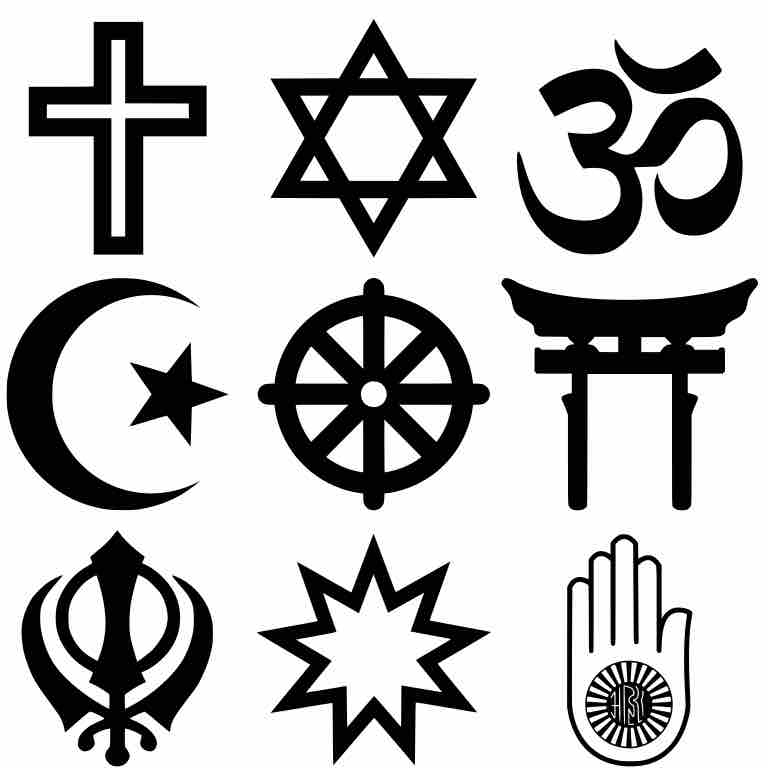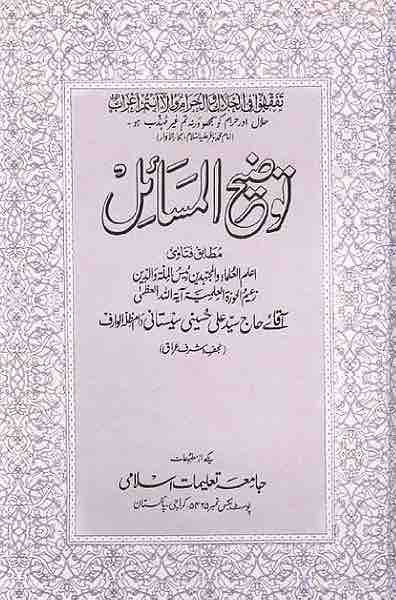Emile Durkheim argues that religion is comprised of the sacred elements of social life. Durkheim also identifies collective interests and group unity as part of the sacred, whereas individual concerns fall into the profane category. This distinction makes sense when we think about western religious traditions where, for example, the Torah and Bible are considered holy books treated with reverence and respect. Problems quickly emerge, however, when we think about nationalism or consumerism. Under Durkheim's distinction, both nationalism and consumerism would be considered sacred practices.
The reverence afforded to the U.S. constitution, cars, shoes and former presidents clearly constitutes the sacred and thus religious, though the vast majority of U.S. religious practitioners would disagree that they are members of multiple faith traditions. As a result, some have argued Durkheim's distinction is not sufficiently narrow to capture the essence of religion. If we want to examine the difference between collective and individual interests, Durkheim's distinction steers us in the right direction .

Religious Symbols
Symbols for Major Religions of the World
Other social scientists view religion as any attempt to answer existential questions, i.e. "is there life after death" and "how does the universe work and what's my role in it." This categorization of religion highlights its functional role as serving specific social ends. In doing so, however, this perspective also attracts criticisms for being overly encompassing. Many branches of scientific investigation, for instance, would be considered religious, and even atheism would fit into the frame of attempting to answer existential questions.
A third social scientific perspective views religion as the collective beliefs and rituals of a group relating to the supernatural. If we simply focus on beliefs relating to the supernatural, this too may be broad enough to include atheism. However, when belief and rituals of a group relating to the supernatural are coupled together, the scope seems appropriately narrowed. Though not without criticisms, this categorization most closely adheres to the traditional and popular view of what constitutes a religion .

Islamic Text
BookTauzeeh ul Masail